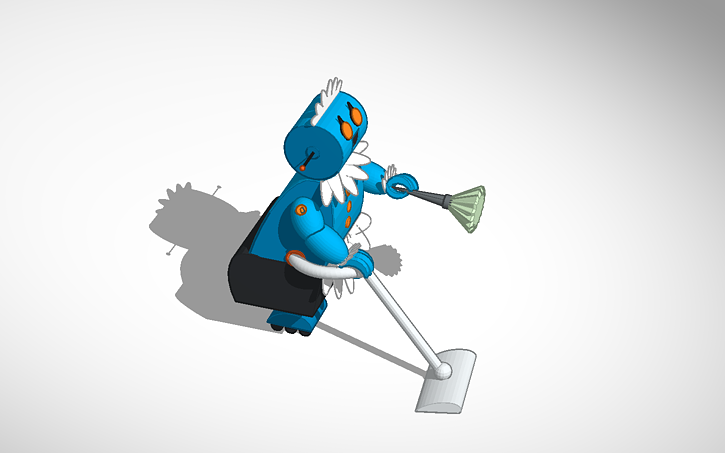If we want to export file names within a Windows 10 file folder, along with their creation dates, it is easy to do so. And while I have posted on this topic before here, Windows 10 does not work in the same way as Windows 8.1 (see the Windows 8.1 article here), so I have updated the instructions.
Simply open File Explorer and navigate to the desired export folder. Click into the File Explorer address bar, and key "cmd".
Doing so opens a command window at the address of the folder you want to export from. Straight after our folder name, key dir > printit.txt, then key Enter (don't leave any spaces in the command line, by the way).
dir > printit.txt
A file named printit.txt will appear in the folder that we wanted to export the file names from. We can export this MS Excel if required, by copying the data from the text file (however, I usually stage the list into Word and change out all the spaces for tabs so that items copy into separate cells in Excel.
I hope this works for you.
Sam














